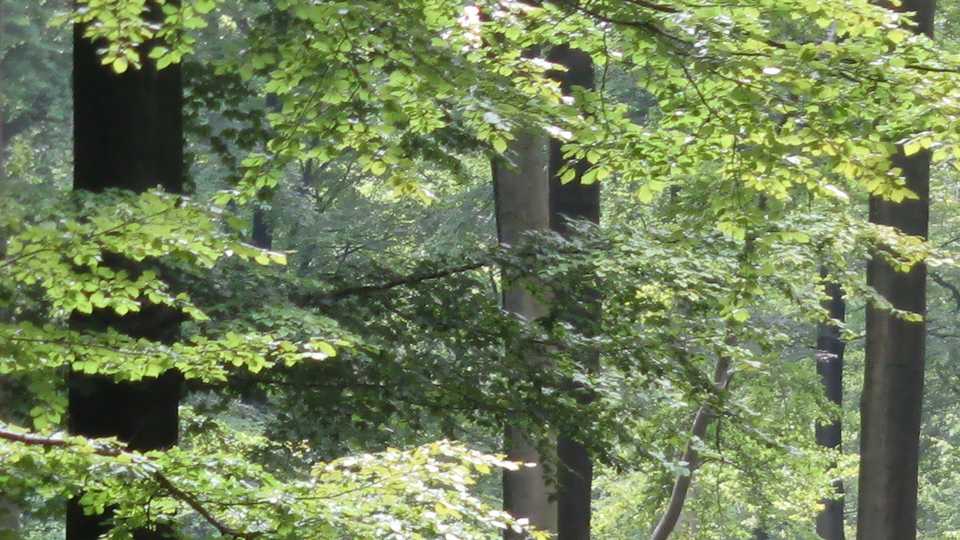Science News
Forested Earth

When an asteroid hit Earth 66 million years ago, it spelled the end for many lifeforms on the planet, including (and perhaps most famously) the dinosaurs.
But extinction is just one side of the: the other side is recovery and opportunity. In fact, without the Chicxulub impact, as it’s called, Earth would be a very different place today. We might not have seen the rise of mammals, including humans. “Without that asteroid, the dinosaurs would probably still be here, and we very probably would not,” Richard Butler, of the University of Birmingham, said in an article we posted earlier this summer.
And a new publication this week in PLoS Biology says the same thing goes for modern-day forests.
“When you look at forests around the world today, you don’t see many forests dominated by evergreen flowering plants,” says the study’s lead author, Benjamin Blonder, of the University of Arizona. “Instead, they are dominated by deciduous species, plants that lose their leaves at some point during the year.”
Blonder and his colleagues studied a total of approximately 1,000 fossilized plant leaves embedded in rock layers collected from a location in southern North Dakota known as the Hell Creek Formation, which at the end of the Cretaceous was a lowland floodplain crisscrossed by river channels. The fossils are now housed in museum collections (primarily those of the Denver Museum of Nature and Science). “When you hold one of those leaves that is so exquisitely preserved in your hand knowing it’s 66 million years old, it’s a humbling feeling,” Blonder says.
Studying these fossilized leaves of angiosperms (flowering plants excluding conifers), the team was able to reconstruct the ecology of a diverse plant community that thrived during a 2.2-million-year period spanning the cataclysmic impact event. “We measured the mass of a given leaf in relation to its area, which tells us whether the leaf was a chunky, expensive one to make for the plant, or whether it was a more flimsy, cheap one,” Blonder explains. “In other words, how much carbon the plant had invested in the leaf.” They also surveyed the density of the leaves’ vein networks, a measure of the amount of water a plant can transpire and the rate at which it can acquire carbon.
And the researchers found evidence that after the impact, fast-growing, deciduous angiosperms had replaced their slow-growing, evergreen peers to a large extent.
“Our study provides evidence of a dramatic shift from slow-growing plants to fast-growing species,” Blonder says. “This tells us that the extinction was not random, and the way in which a plant acquires resources predicts how it can respond to a major disturbance. And potentially this also tells us why we find that modern forests are generally deciduous and not evergreen.”
“If you think about a mass extinction caused by catastrophic event such as a meteorite impacting Earth, you might imagine all species are equally likely to die,” Blonder says. “Survival of the fittest doesn’t apply—the impact is like a reset button. The alternative hypothesis, however, is that some species had properties that enabled them to survive.” And eventually thrive.
Image: Donarreiskoffer/Wikipedia